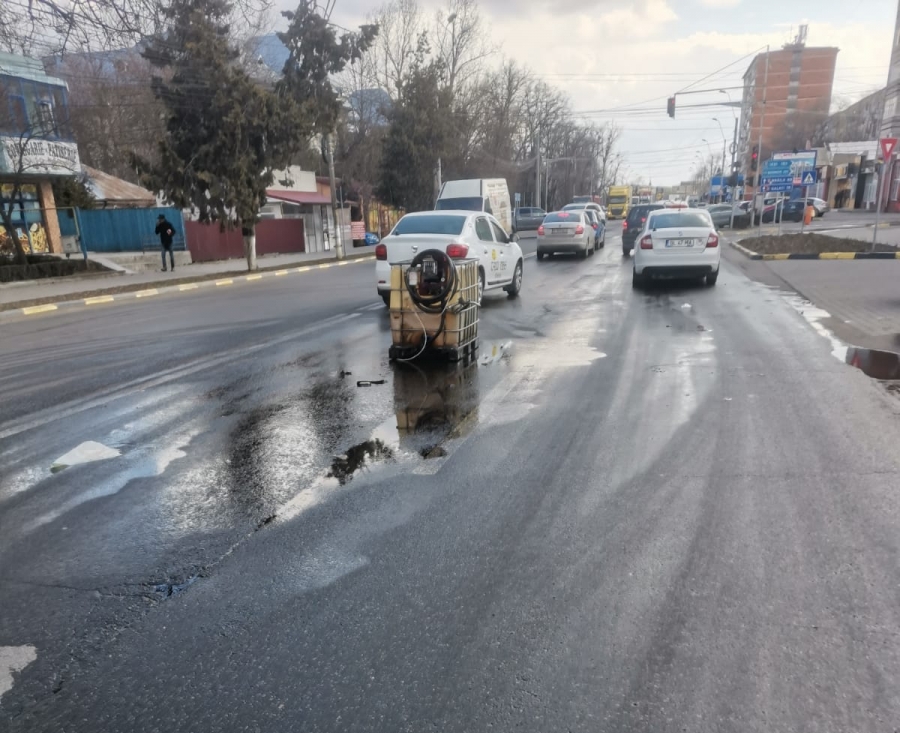Three international organizations have spoken out about the coexistence of humans and animals. Strict rules are needed to prevent the further spread of the coronavirus and the emergence of new variants, they warn.
In a joint statement, the Food and Agriculture Organization (FAO), the World Organization for Animal Health (OIE) and the World Health Organization (WHO) expressed their views on the risk of transmission of SARS-CoV-2, the virus that causes Covid-19, from animals to humans. Although most infections are passed from person to person, infections from animals to people remain possible and are not without danger, the three world organizations warn. “The virus is still spreading, and the risk of new variants remains high.”
New variants
Current knowledge shows that virus transmission from wild animals to humans is rare, but the virus can circulate in entire populations of animals and in this way new variants can arise that are potentially dangerous for humans. So far, we know that SARS-CoV-2 can occur in addition to domestic animals in wild or farmed animals such as big cats, minks, ferrets, North American white-tailed deer and great apes. It is already known that farmed mink and hamsters are able to infect humans with the virus. A possible case of transmission between a white-tailed deer and a human is currently being investigated.
white-tailed deer
It has been previously reported that about a third of wild white-tailed deer in the United States is infected with SARS-CoV-2, initially through human-to-deer transmission. The viruses detected in white-tailed deer are also circulating in nearby human populations. White-tailed deer have been shown to subsequently transmit the virus between themselves. All this does not reassure the FAO, WHO and OIE, so the organizations urgently call on governments to take measures to limit the risk of transmission of the virus between humans and animals. In this way, they mainly want to keep the chance of new variants arising as small as possible. This is necessary to protect the health of both humans and animals, they say.
Meat
In the first instance, they are thinking of measures for people who, through their job, come into close contact with wild animals, such as butchers and hunters, but also of the general public. According to them, eating meat does not pose a risk of infection, but hunters would do well not to catch or shoot sick animals. The capture and sale of wild animals in markets must be completely restricted, according to the organizations. The general public can also help by no mouth masks, tissues or food leftovers to let it swing, because that can attract wild animals to densely populated areas, with all the associated risks. Finally, it is also important that pets do not come into contact with wild animals and their feces.
In a joint statement, the Food and Agriculture Organization (FAO), the World Organization for Animal Health (OIE) and the World Health Organization (WHO) expressed their views on the risk of transmission of SARS-CoV-2, the virus that causes Covid-19, from animals to humans. Although most infections are passed from person to person, infections from animals to people remain possible and are not without danger, the three world organizations warn. “The virus is still spreading, and the risk of new variants remains high.” New variants Current knowledge shows that virus transmission from wild animals to humans is low, but the virus can circulate in entire populations of animals and on In this way new variants can arise that are potentially dangerous for humans. So far, we know that SARS-CoV-2 can occur in addition to domestic animals in wild or farmed animals such as big cats, minks, ferrets, North American white-tailed deer and great apes. It is already known that farmed minks and hamsters are capable of infecting humans with the virus. A possible case of transmission between a white-tailed deer and a human is currently being investigated. White-tailed deer It has been previously reported that about one-third of wild white-tailed deer in the United States are infected with SARS-CoV-2, initially through human-to-deer transmission. The viruses detected in white-tailed deer are also circulating in nearby human populations. White-tailed deer have been shown to subsequently transmit the virus between themselves. All this does not reassure the FAO, WHO and OIE, so the organizations urgently call on governments to take measures to limit the risk of transmission of the virus between humans and animals. In this way, they mainly want to keep the chance of new variants arising as small as possible. This is necessary to protect the health of both humans and animals, they say. In the first instance, they are thinking of measures for people who, through their job, come into close contact with wild animals, such as butchers and hunters, but also the general public. According to them, eating meat does not pose a risk of infection, but hunters would do well not to catch or shoot sick animals. The capture and sale of wild animals in markets must be completely restricted, according to the organizations. The general public can also help by not leaving masks, handkerchiefs or food scraps lying around, as that can attract wildlife to densely populated areas, with all the associated risks. Finally, it is also important that pets do not come into contact with wild animals and their feces.
–


